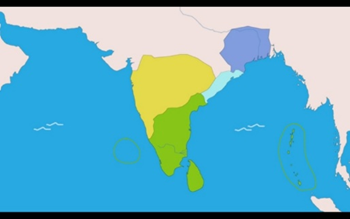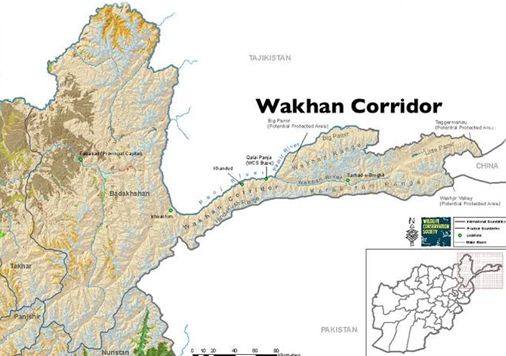Rail Gauges
When you go on a train you may wonder how the train stays firmly on the rails. It does so because the inner distance between 2 rails is kept the same through out the track with millimeter accuracy. This inner distance is called Rail Gauge. It also determines the size of your train coach / car.
There are quite a few rail gauges out there, but I’m
going to focus on the four main ones. (Everything seems to have four main ones,
like Vedas, directions, oceans etc.)
Indian Gauge or Broad Gauge
– 1676 mm
Broad gauge is the most commonly used gauge in India and is also the widest gauge. It is also called as Provincial, Portland, or Texas gauge in North America, Trocha Ancha (which is Spanish for Broad Gauge) in Argentina. It is also used in Pakistan, western Bangladesh, Sri Lanka, Argentina, Chile and BART metro in San Francisco.
Standard Gauge – 1435 mm
Standard Gauge is the oldest and most commonly used gauge
in the world. In India, it is used only
in metro systems. It is also called the Stephenson Gauge (named after George Stephenson,
who invented it ). It’s other names are International, Normal, UIC,
European Gauge in Europe and SGR
in East Africa. It is used in 77 countries which if I list will make this
post toooooooooo long!!!
Metre Gauge – 1000 mm
Metre Gauge was mainly used by European colonial powers. It
was also heavily used in India in the last century. Now it has been replaced by Broad Gauge. Currently, large Metre Gauge networks remain only in Switzerland, Northern
Spain, some European towns with trams and some light metro systems. Countries like Germany, France and Belgium closed
down their Metre Gauge networks in the 19th century
Narrow Gauge – 600 -
1067 mm
Narrow Gauge is the narrowest of the gauges with
measurements varying. It is often used in mountainous terrain to turn at tighter
curves. It’s also cheaper then other gauges. Narrow Gauge is used in New
Zealand, South Africa, Japan, Indonesia, Taiwan and the Australian states of Queensland,
Western Australia and Tasmania.
Gauntlet Tracks
If you have bought trains from different countries and found that they are all designed for different gauges, you cant afford to put railway lines for each gauge. So just build a Gauntlet Tracks.
Gauntlet tracks have more than three or more rails in the same track which enables trains of different gauges to run on the same track. This requires only slightly more width than a single track. Nice idea right!
If you are planning to build
a railway line, better go with one of the main four gauges. Or you can do better by
creating a new one and naming it after me, “The Guru Gauge” !!!






😀😀😀
ReplyDeleteNice da guru.
Thank you perippa
DeleteGood Work dear. Congratulations Guru
ReplyDeleteThankyou
DeleteThis comment has been removed by a blog administrator.
ReplyDeleteThankyou auntie
DeleteGood work guru congratulations
ReplyDeleteThankyou
DeleteVery good Guru... Keep writing more😍 all the best👍
ReplyDeleteThankyou
DeleteWell written .. keep it up
ReplyDeleteThankyou
DeleteGreat work Guru!!!
ReplyDeleteThankyou so much aunty
ReplyDeleteI luv the information about Gauntlet Tracks...are these tracks prevalent in India ..if yes, where?...if no, why didn't india try this method?
ReplyDeletegauntlet tracks aren't used in india now, but it was used when india had both metre and broad gauge
DeleteWhy does broad gauge have such an odd size "1676 mm"? (Unlike say meter gauge). From what I remember reading, this can be traced back to the distance between wheels of a Roman chariot! Can you check this out?
ReplyDeleteYeah rail gauges are mostly decided by Greek chariot size i think not sure
Delete